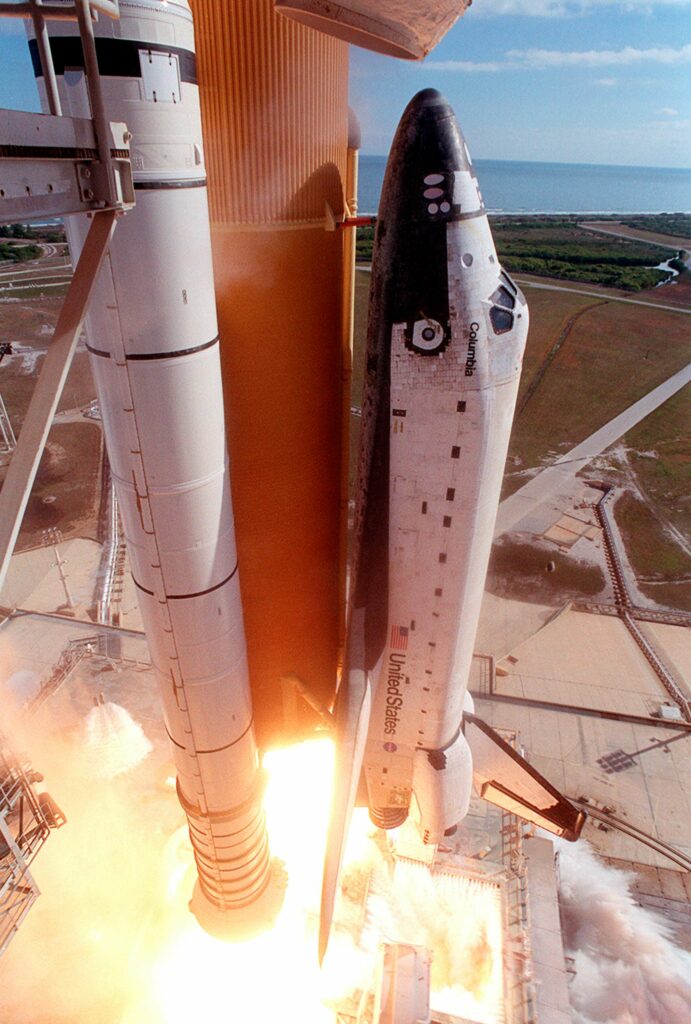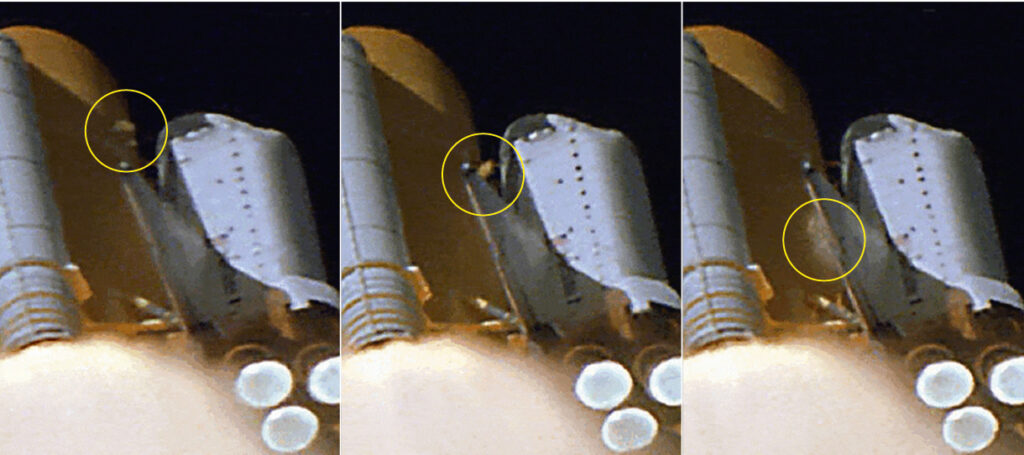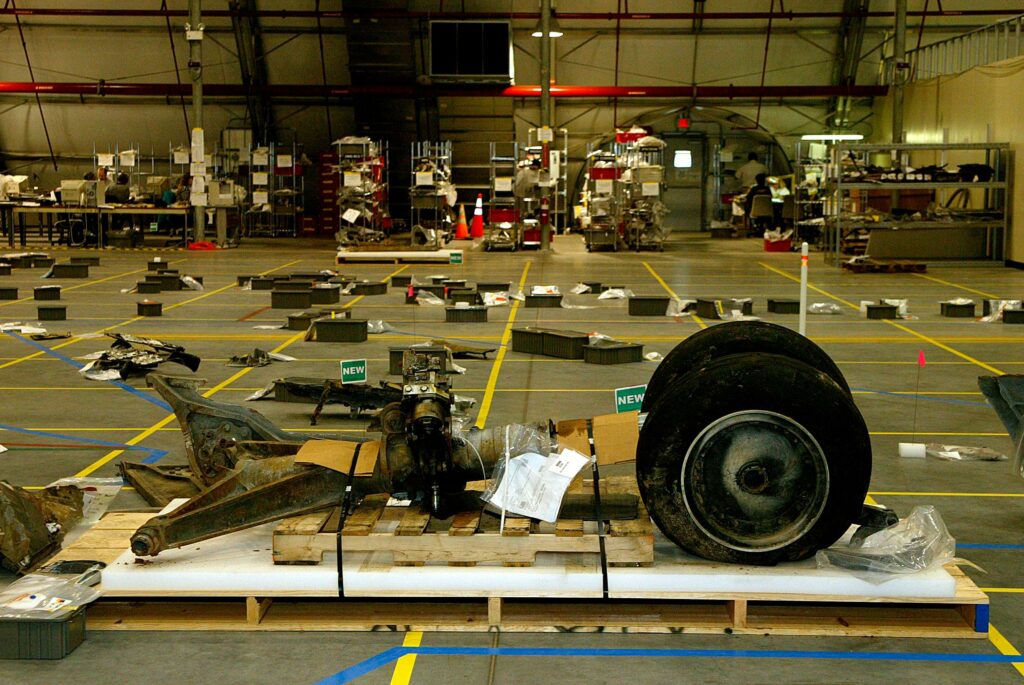The fundamentals of astronomy for beginners
EXPLAINER
The Columbia Space Shuttle disaster
Twenty years on, Amy Arthur looks back at fateful flight STS-107

NASA’s Space Shuttle programme ran from 1972 to 2011, its successes including the launch of the Hubble Space Telescope, Spacelab and the construction of the International Space Station. But the programme had its problems. Schedule pressures and tight budgets had been blamed for the loss of one of its five orbiters, Challenger, and its seven-person crew in 1986. Organisational changes were made, but by the launch of Columbia’s flight STS-107 on 16 January 2003, problems had returned.
Initial reports after launch were positive, and the crew looked forward to the 16 days of scientific research ahead of them. On the ground, a team reviewing launch footage noticed that something had fallen from Columbia’s fuel tank and struck the underside of its left wing, where reinforced carbon-carbon panels would act as a heat shield against the 1,600°C endured during reentry to Earth.
The object was a piece of insulating foam, roughly 60cm by 38cm, with an impact speed of 877km/h. Smaller foam strikes were common on Shuttle missions, but to assess whether the damage posed a real threat, the team requested high-resolution images from the US Department of Defense. This request, and the two more submitted in the week following, were denied.
“Absolutely no concern”
Management, aware that orbiters had survived foam strikes previously, concluded Columbia’s situation posed a “known and acceptable risk”. The crew were finally notified on 23 January. Mission control assured them there was “absolutely no concern for entry”.
By 1 February, when Columbia began its return, the STS-107 flight team were not expecting problems. But after entering Earth’s atmosphere at 8:44am (Eastern Standard Time), the left wing’s heat shield began to fail. At 8:48am, sensors detected abnormally high temperatures, but these readings were not received by Mission Control. Onlookers began to see debris shedding from Columbia at 8:53am. As far as NASA knew, things were going smoothly.

At 8:54am, the ground flight director was told “off-scale low” readings were appearing for four sensors in the left wing, but no action was taken. On board, the crew were unaware of the rising temperatures and increasing drag in the wing. At 8:59am, readings were lost on two landing gear tyres.
At 8:59:15am mission control informed the crew of the problem. A response at 8:59:32am from mission commander Rick Husband began: “Roger —” before communication with Columbia was lost entirely.
The disintegration of Columbia was captured in photos taken by people on the ground waiting to see the astronauts return home. At 9:16am, the orbiter’s scheduled landing time, NASA declared a ‘Shuttle Contingency’ plan. Within two hours the Columbia Accident Investigation Board (CAIB) had been formed. Later, President Bush addressed the nation: “Columbia is lost. There are no survivors.”


In the weeks that followed, the debris search covered over 2,000 square kilometres. Over 84,000 pieces were found: around 38 per cent of the orbiter. Debris, phone and email data, meeting transcripts, images and files from NASA were collected by the Board for its seven-month-long investigation.
The question on everyone’s minds was: could this have been prevented? Could Columbia have been repaired, or the crew rescued? While repair was deemed possible using the equipment the crew had on board, NASA wasn’t confident that it would have survived the strain of reentry. The Shuttle Atlantis, however, could have been hurried to launch for a rescue mission, but this may have led to a similar foam strike, and would have stretched Columbia’s power and resources thin. It would have been feasible, had NASA made the decision within seven days of the foam strike, CAIB concluded.
Following the report, NASA made improvements, including keeping a designated rescue mission ready for future flights. The Space Shuttle programme, grounded immediately after the Columbia disaster, resumed in 2005, ending officially in 2011. It had cost NASA $211 billion, and the lives of 14 astronauts.
The crew of Columbia flight STS-107

1. Mission specialist David Brown
Born: 16 April 1956
Flights: STS-107 Former surgeon with the US Navy. Brown had been trained to fly NASA’s supersonic jet, the T-38.
2. Commander Rick Husband
Born: 12 July 1957
Flights: STS-96, STS-107 Piloted the first ever ISS Shuttle docking during his first flight in 1999, on board Discovery.
3. Mission specialist Laurel Clark
Born: 10 March 1961
Flights: STS-107 Clark was a surgeon with the US Navy. Joined NASA in 1996 and was assigned her first and only mission on STS-107.
4. Mission specialist Kalpana Chawla
Born: 17 March 1962
Flights: STS-87, STS-107 Obtained a doctorate in aerospace engineering, then worked at NASA Ames Research Center. First woman of Indian origin to fly in space, on flight STS-87.
5. Payload commander Michael Anderson
Born: 25 December 1959
Flights: STS-89, STS-107 Joined the US Air Force after completing a degree in physics and astronomy. First flight with NASA in 1998 on Endeavor.
6. Pilot William ‘Willie’ McCool
Born: 23 September 1961
Flights: STS-107 Joined NASA in 1996, performing technical roles until chosen for his first and only spaceflight, STS-107.
7. Payload specialist Ilan Ramon
Born: 20 June 1954
Flights: STS-107 Colonel and fighter pilot with the Israeli Air Force, and Israel’s first astronaut.

Amy Arthur is a science writer and speaker.